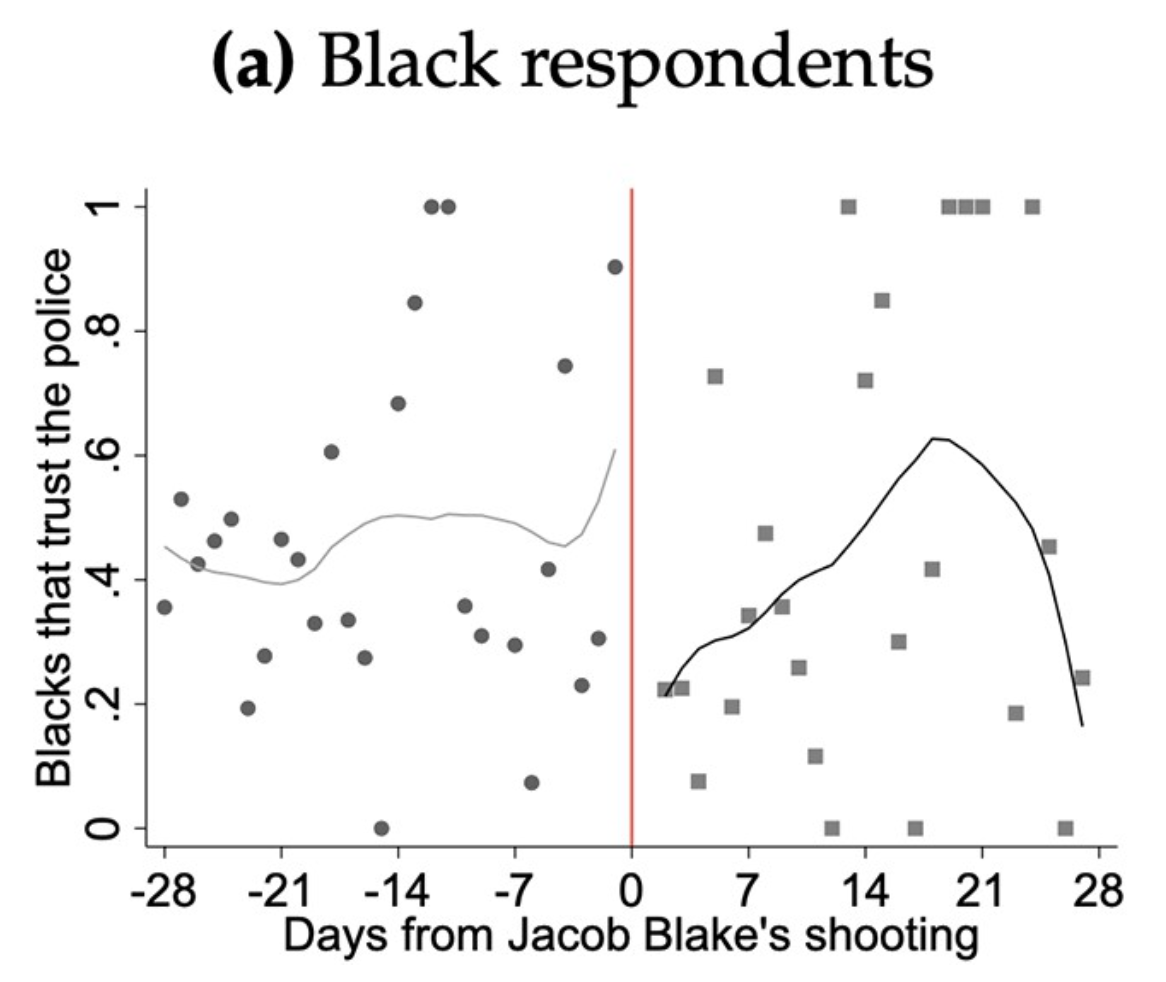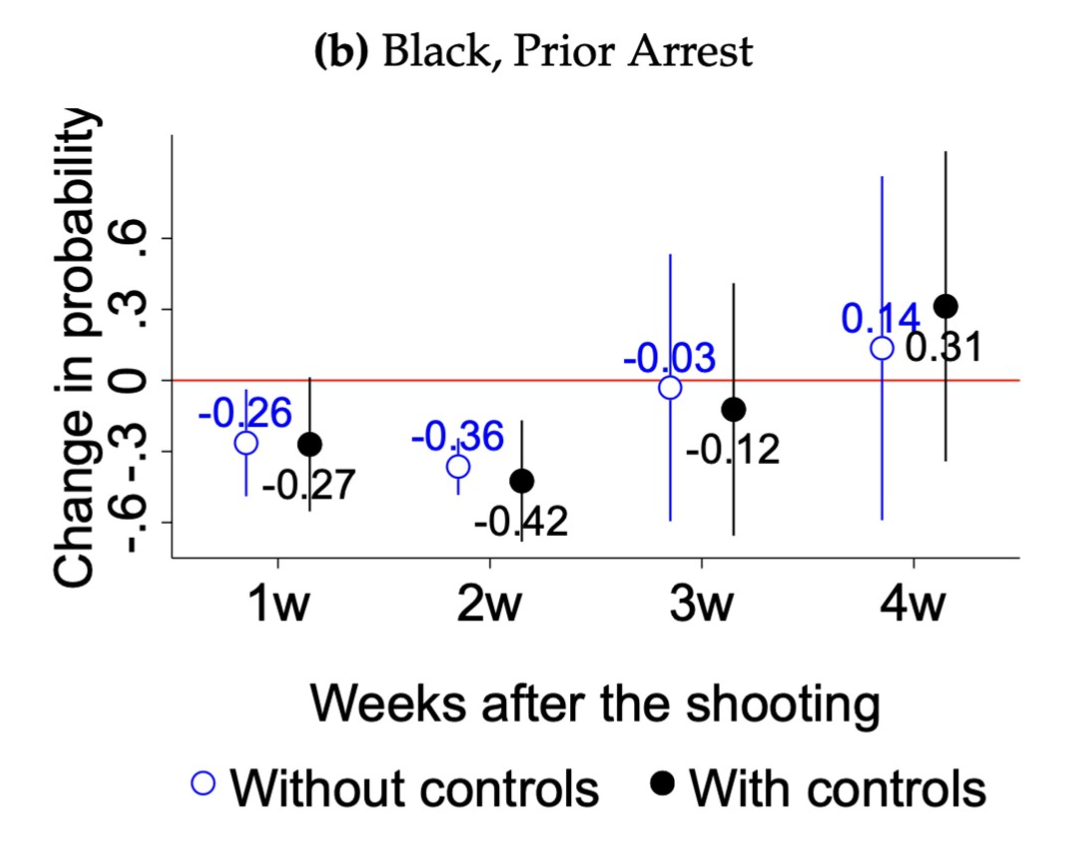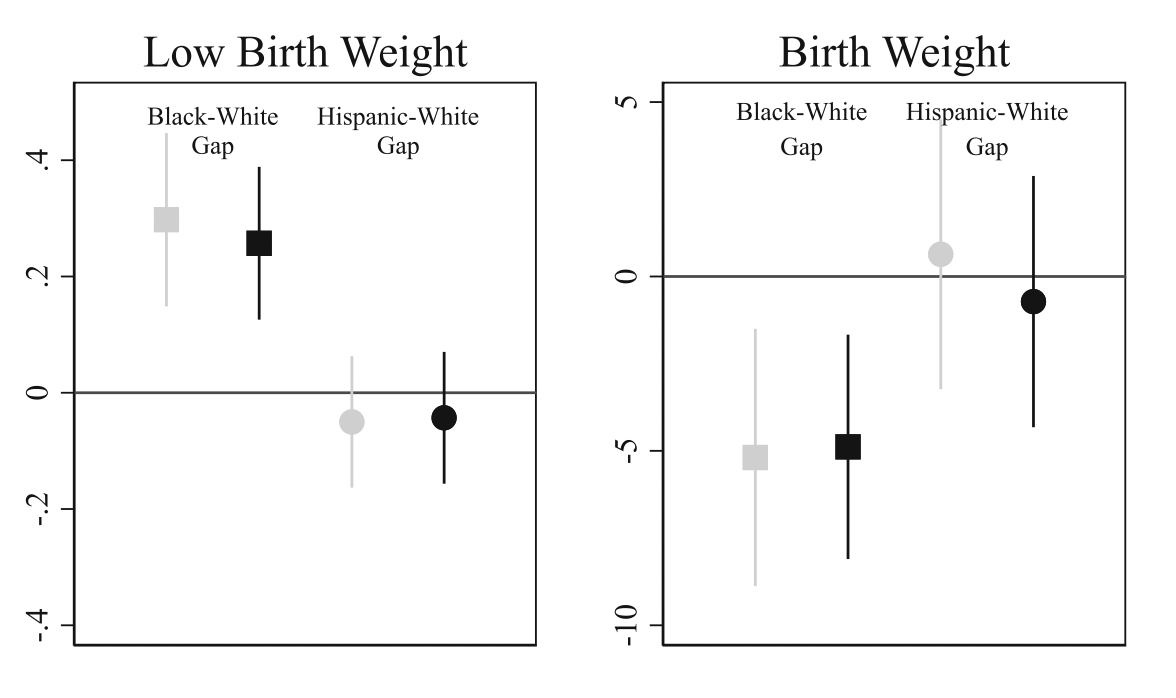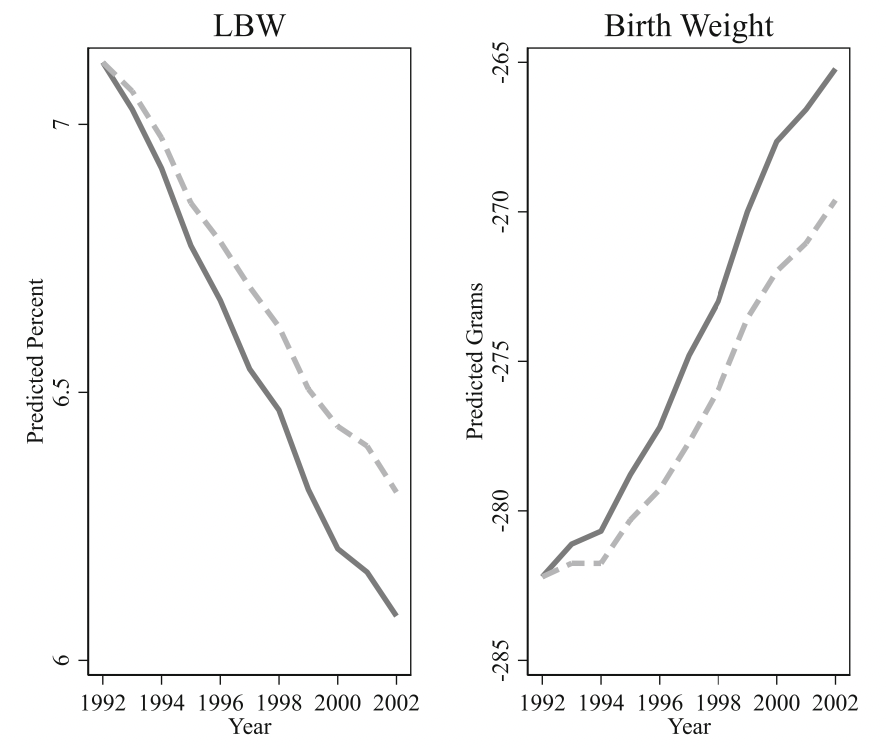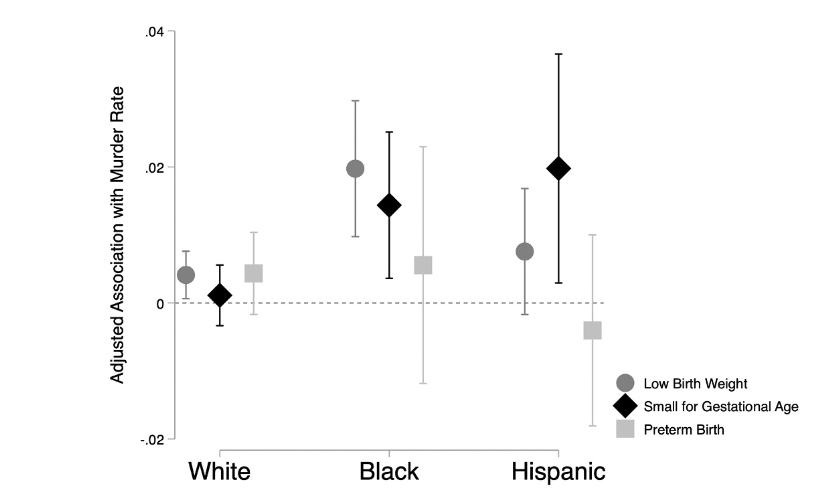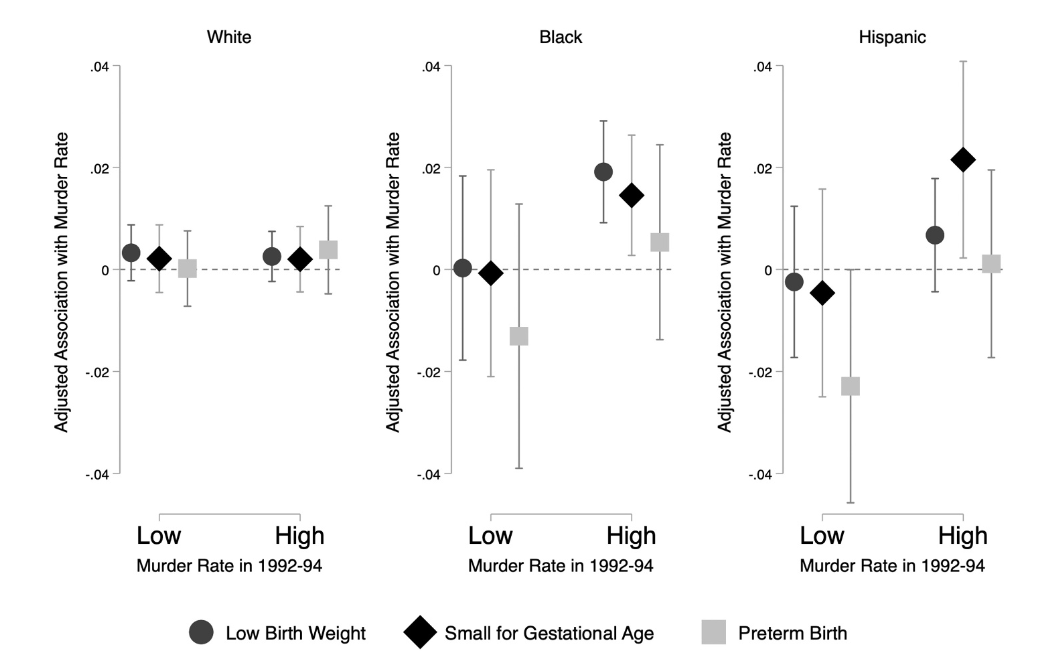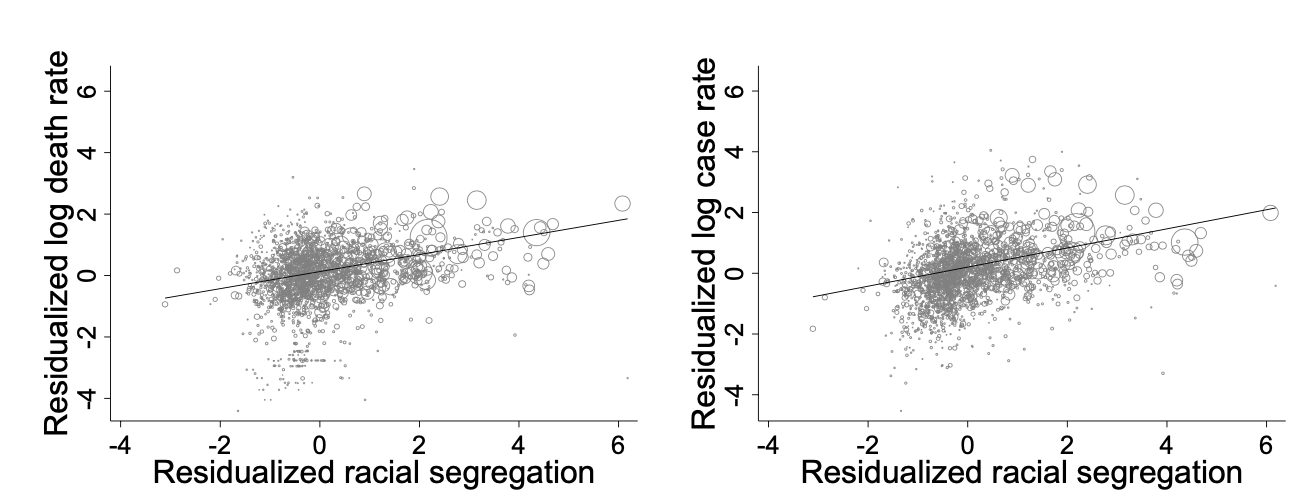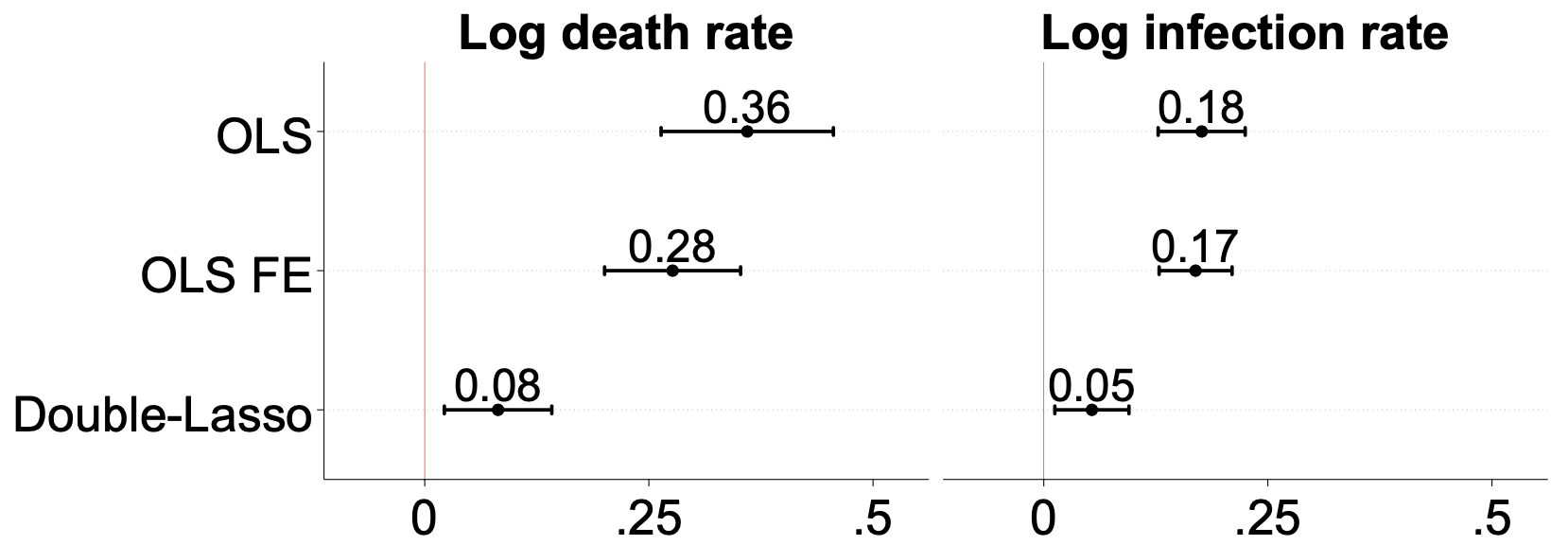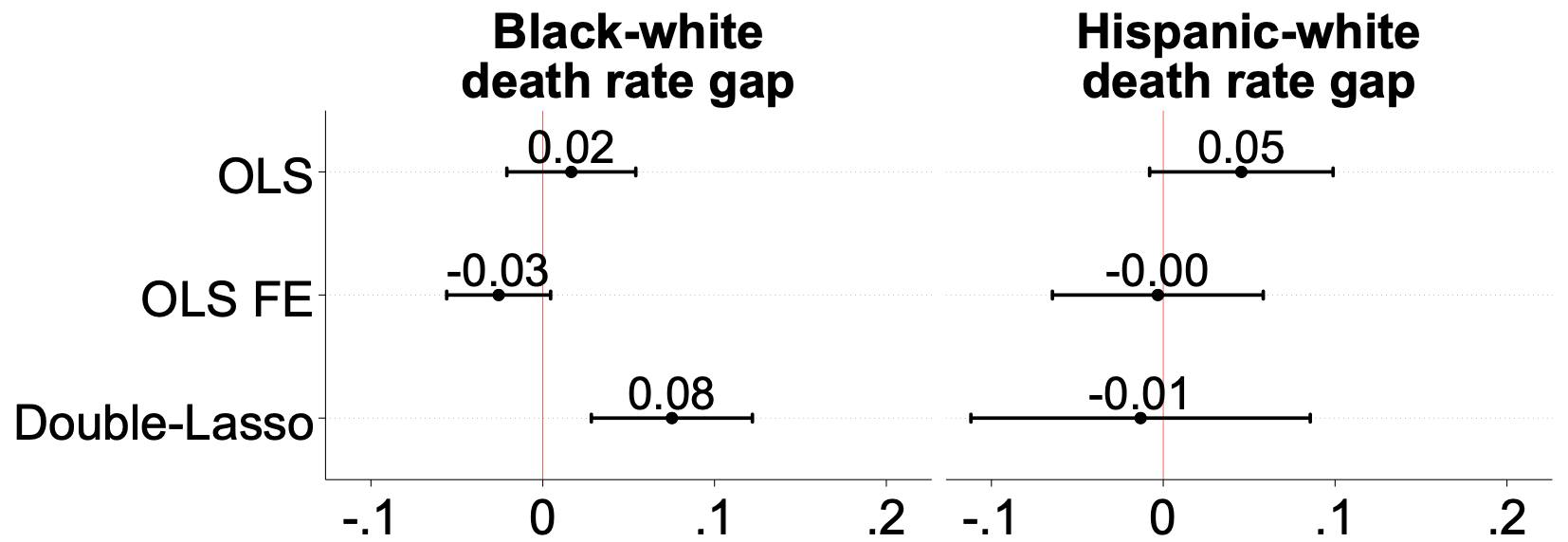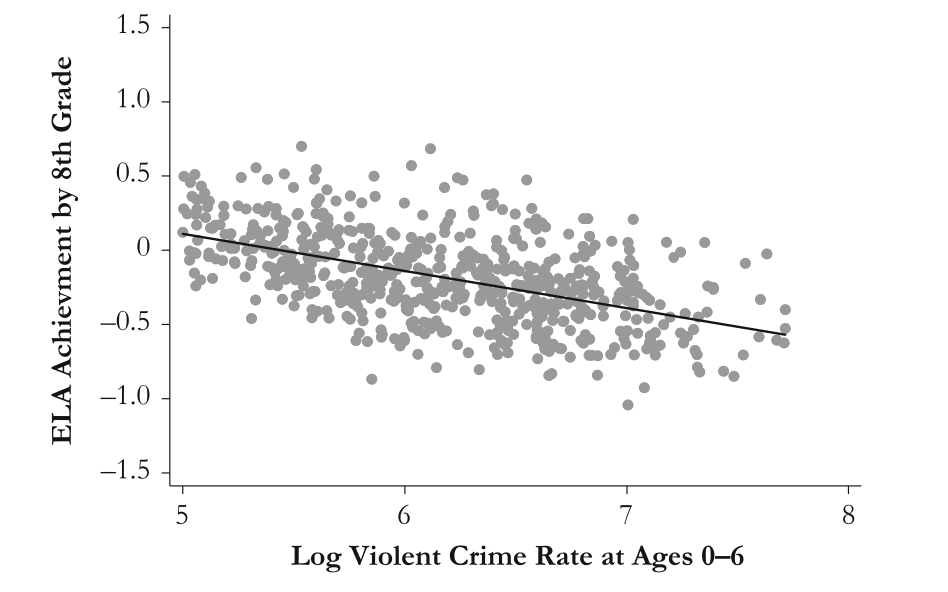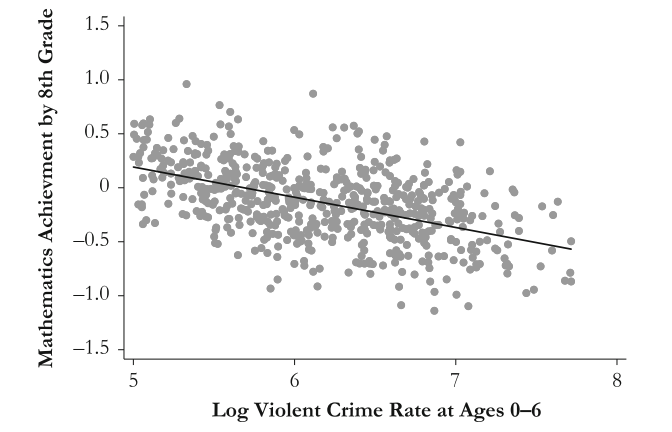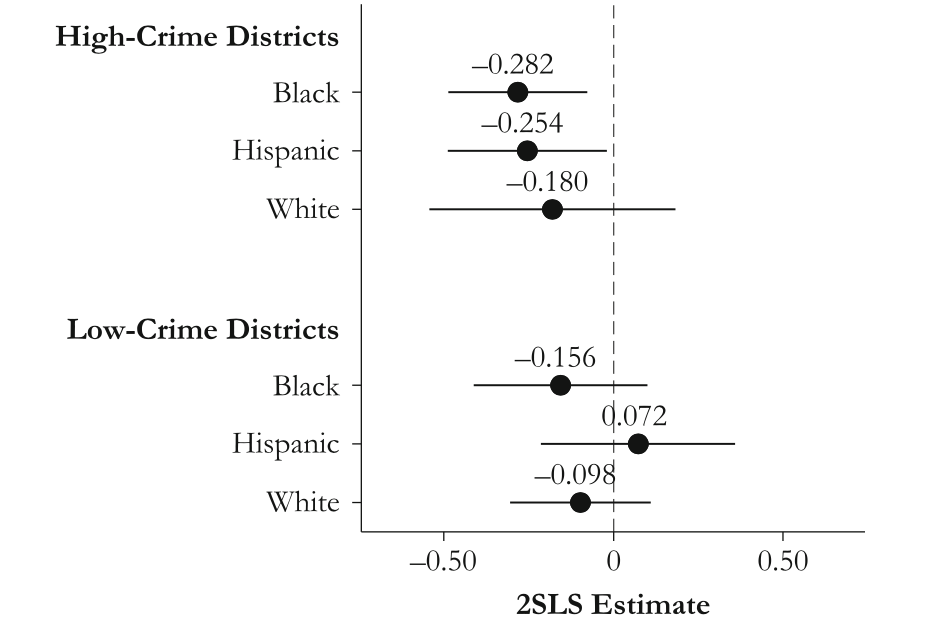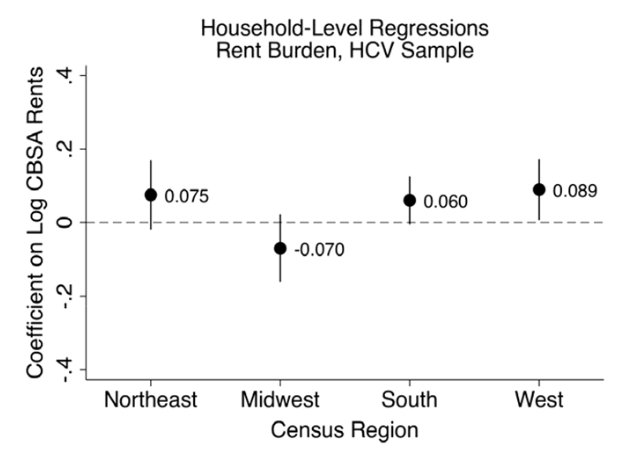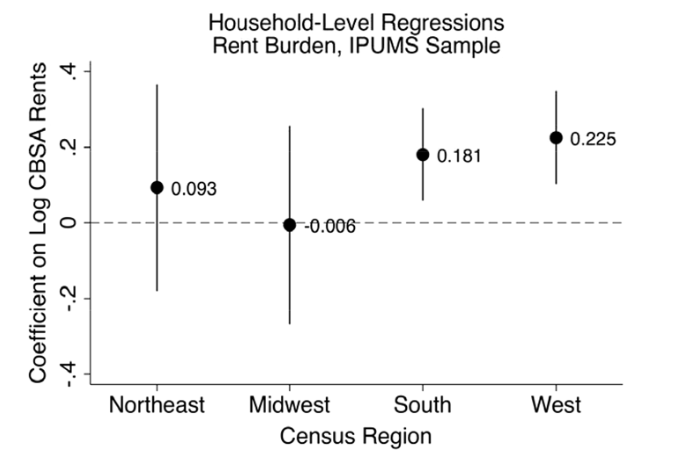I am an Assistant Professor in Sociology at Columbia University and a member of the Data Science Institute. I use causal inference and machine learning methods to study urban inequality, violence, and racial disparities in policing. My work has been published in the American Sociological Review, Child Development, Demography, the Journal of Urban Economics, the Proceedings of the National Academy of Sciences, and Social Science & Medicine among other peer-reviewed journals. Findings from my research have been featured in The New York Times, The Washington Post, and Bloomberg. I received my PhD in Sociology from New York University in 2019, a Master’s in Public Policy from the Harvard Kennedy School of Government in 2014, and a BS in Engineering from the Polytechnic University of Catalonia in 2004. Before graduate school, I was a firefighter at Barcelona Fire Department from 2007 to 2011. In my free time, I enjoy running, cycling, and hiking.
News and Updates
Sep 2024: The article “Police violence reduces trust in the police among Black residents,” co-authored with Jonathan Ben-Menachem, has been published in PLoS ONE.
Aug 2024: Kara Rudolph and I have been awarded a grant from the Centers for Disease Control and Prevention to study the relationship between community-level exposure to aggressive policing and adverse childhood experiences.
Jul 2024: I wrote a chapter for the book Between Us: Healing Ourselves and Changing the World Through Sociology (edited by Marika Lindholm and Elizabeth Anne Wood and published by Chicago University Press) revisiting my time as a firefighter in Barcelona through the lens of sociological concepts.
Jul 2024: The article “Exposure to Crime and Racial Birth Outcome Disparities,” co-authored with Nicholas Mark, has been published in the Journal of Urban Health.
Jun 2024: The article “Neighborhood Safety and Neighborhood Police Violence Are Associated with Psychological Distress among English‐ and Spanish‐Speaking Transgender Women of Color in New York City: Finding from the TURNNT Cohort Study,” co-authored with Dustin Duncan and others, has been published in the Journal of Urban Health.
Jan 2024: I am grateful for the opportunity to join the Russsell Sage Visiting Scholar Class of 2024–2025.
Jun 2023: The study “Understanding Why EmpaTeach Did Not Reduce Teachers’ Use of Violence in Nyarugusu Refugee Camp: A Quantitative Process Evaluation of a School-Based Violence Prevention Intervention,” co-authored with researchers from the Behavioral Insights Team, the International Rescue Committee, and the London School of Hygiene and Tropical Medicine, has been published in PLoS Global Public Health.
Mar 2022: The research that Sam Donahue and I are doing on the effects of diversity and peer influences in policing has been awarded a Trustee Grant from the Russell Sage Foundation.
Jan 2022: The article “Declining Violence and Improving Birth Outcomes in the US: Evidence from Birth Certificate Data,” co-authored with Nicholas Mark, has been published in Social Science and Medicine.
Oct 2021: The study “The EmpaTeach Intervention for Reducing Physical Violence from Teachers to Students in Nyarugusu Refugee Camp: A Cluster-Randomised Controlled Trial,” co-authored with researchers from the Behavioral Insights Team, the International Rescue Committee, and the London School of Hygiene and Tropical Medicine, has been published in PLoS Medicine.
Feb 2021: My article “Using Machine Learning to Estimate the Effect of Racial Segregation on COVID-19 Mortality in the United States” has been published at the Proceedings of the National Academy of Sciences.
Jul 2020: I started as an Assistant Professor in Sociology at Columbia University.
Jan 2020: My article “Crime and Inequality in Academic Achievement Across School Districts in the United States” has been published in Demography.
Jul 2019: I started as a postdoctoral researcher at Columbia University’s Data Science Institute.



